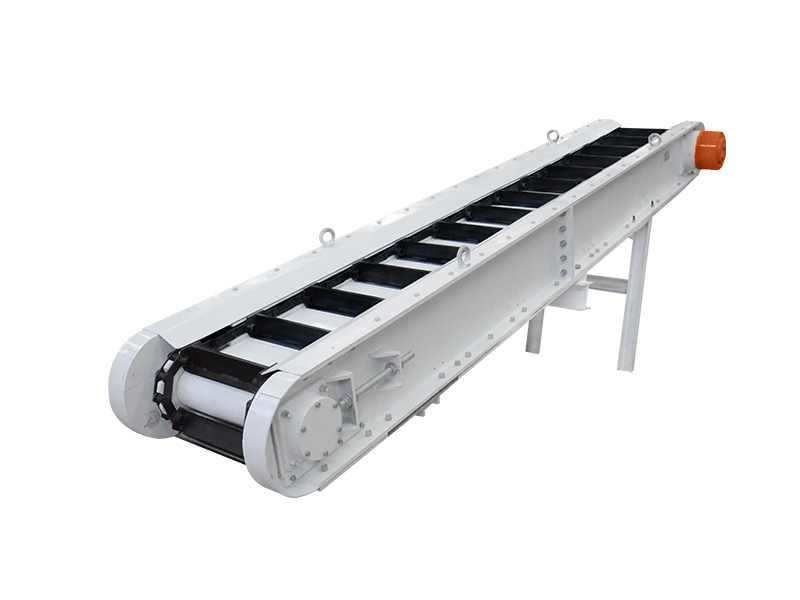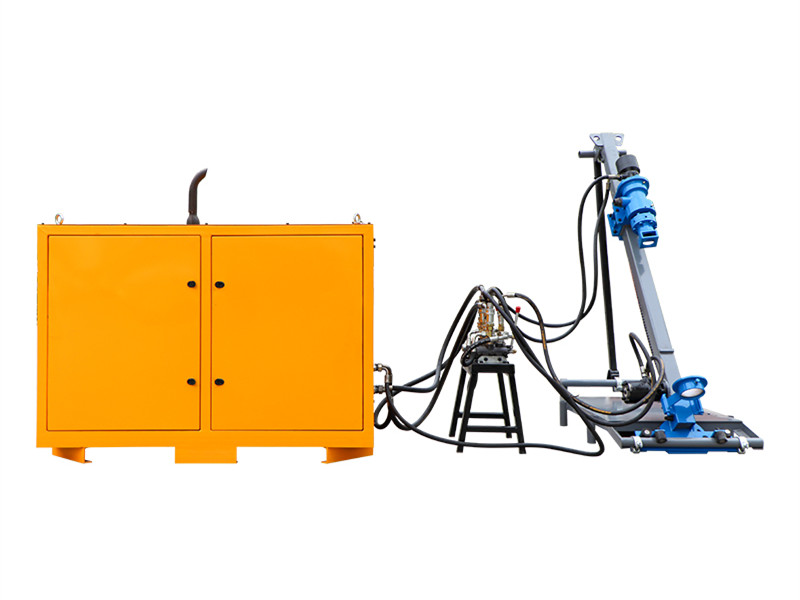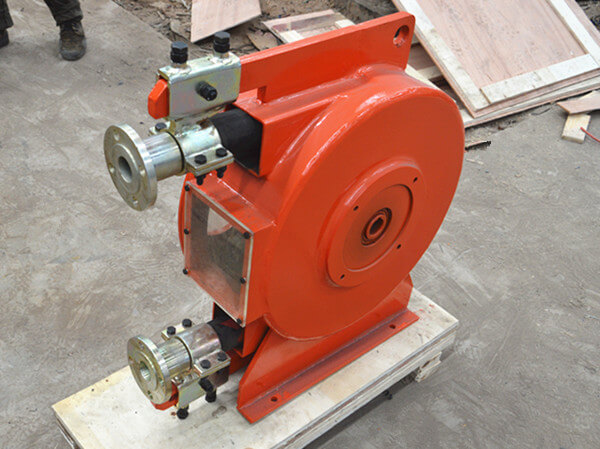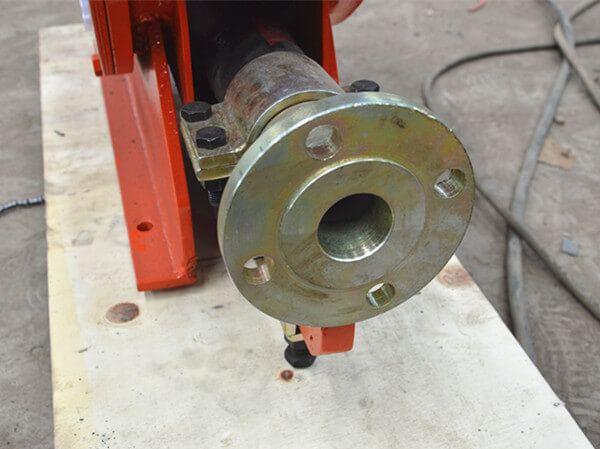The traditional starch sewage treatment is usually to directly pump the sewage into a filter press with a centrifugal pump, and then filter the starch solid waste, dry and pack it and then transport it away. Such a process generally encounters two problems in the actual use process.
1. The problem of processing capacity, because the content of starch solid waste in water is small, a large amount of water needs to be transported during the treatment process, and the capacity requirement of the filter press is relatively large, which results in a large workload. , When the production volume of the factory increases, sometimes the sewage treatment is too late to work, which will affect the production.
2. When the factory starts production every day, the starch solids left by the shutdown at the end of the previous day are often precipitated in the pipelines and tanks. At this time, a large amount of clean water is needed to rinse, and sometimes centrifugation is caused due to the solids. The pump was damaged due to difficulty in working.
Faced with these two problems, Holland Parker Environmental uses the characteristics of the hose pump to provide a new concept of sewage treatment. First, the sewage is injected into a large sewage bucket, and the volume of the bucket is designed according to the requirements of the workload. Then let the sewage stand for several hours, so that the solid starch can be precipitated to the bottom of the sewage bucket, causing the solid-liquid separation in the bucket, and then the viscous solids at the bottom of the bucket are directly transported to the sludge bag through the hose pump for transportation. away from the factory. Finally, as for the clean water in the bucket, after a little treatment, it is recycled and used in production. American National Starch took the lead in using such an advanced treatment method, and truly realized the production benefits and economic benefits brought by the hose pump in production practice.
Industrial hose pumps are positive displacement peristaltic pumps, also known as flexible tube pumps. The pump has the characteristics of no mechanical seal, strong self-priming ability (maximum suction stroke is 8 meters, no need to fill the pump), self-cleaning and other characteristics, and the structure is simple and easy to maintain. Its unique non-mechanical seal structure prevents all leakage of pumps with mechanical seals; the smooth hose cavity enables it to pump fluids containing impurities, various fibrous objects and particle diameters less than 1/4 of the tube. The solid slurry of the same diameter will not cause any blockage or failure; when the pump is running dry, there will be no shaft seal, bearing or stator failure; due to the special principle of the pump, it can also pump various gas-containing materials without Cavitation will occur; the pumped fluid is only in contact with the hose, so the hose pump can transport all corrosive or abrasive media that rubber can withstand; the pump can also run in reverse, with less power consumption, and the overall pump efficiency is 75 %, the volumetric efficiency is high, and the total volumetric efficiency is 98%.
Your position:
Home > News > Product News
Industrial hose pumps and filter press in wastewater treatment
date: 2022-03-05
Inquiry
Please feel free to submit your inquiry information to us. We will contact with you as soon as possible.


.jpg)
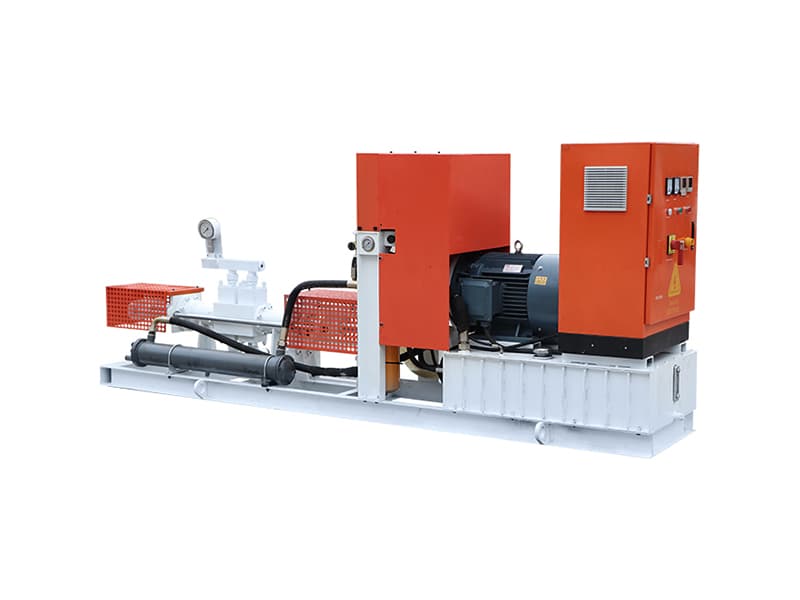
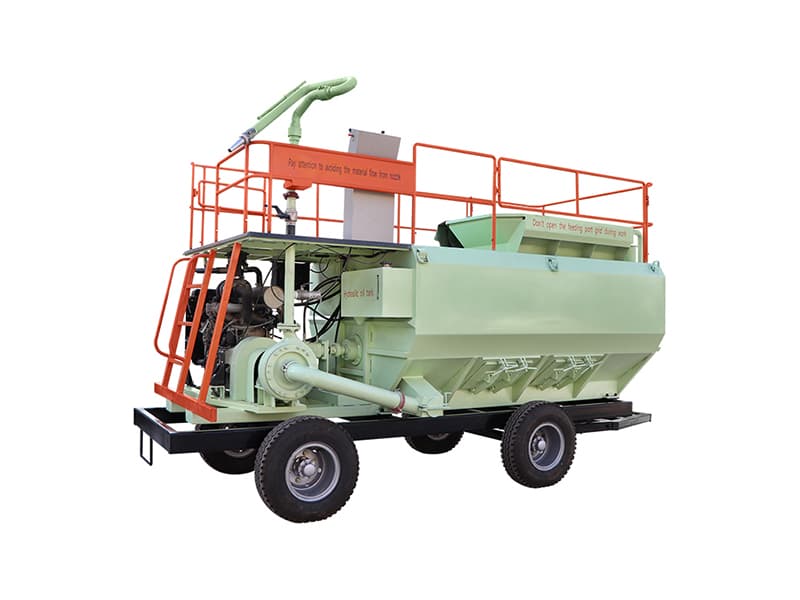
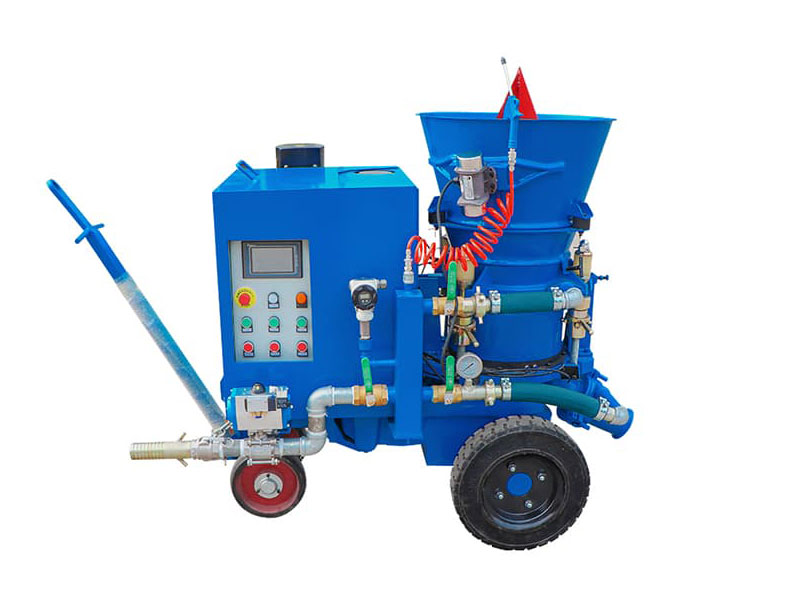

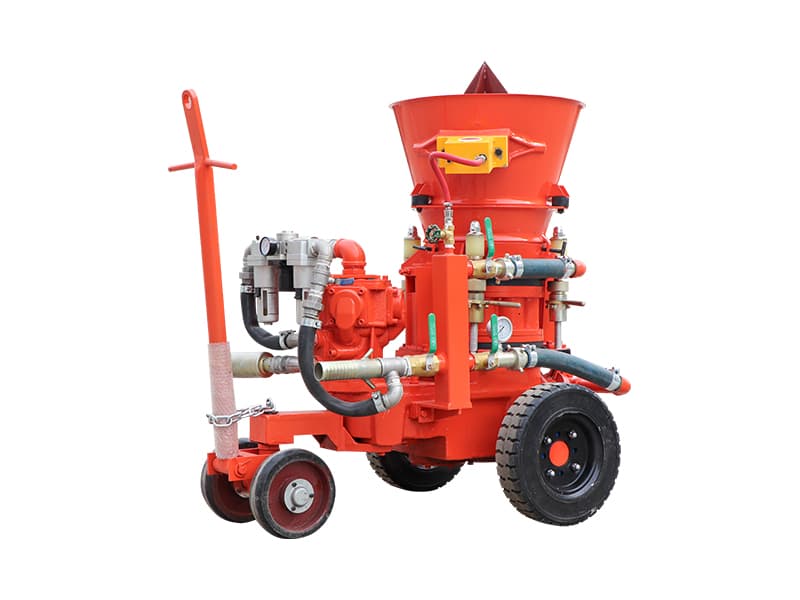
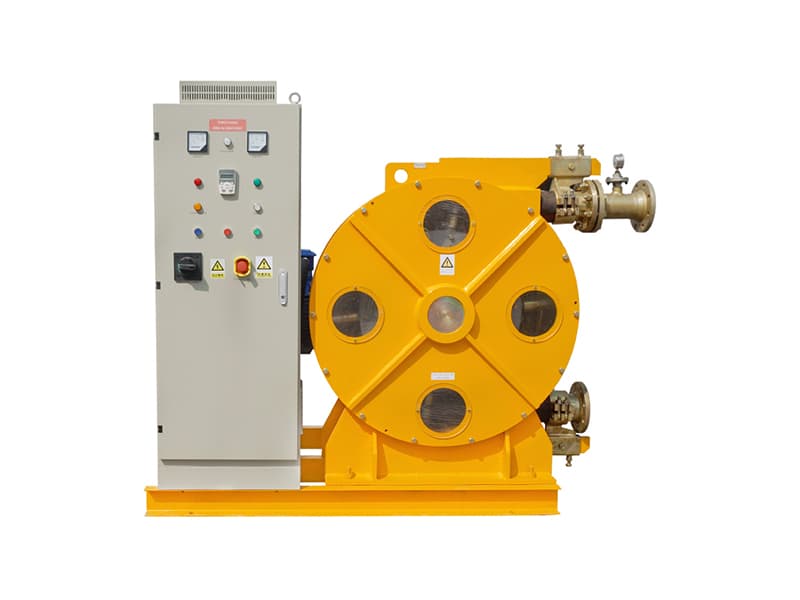
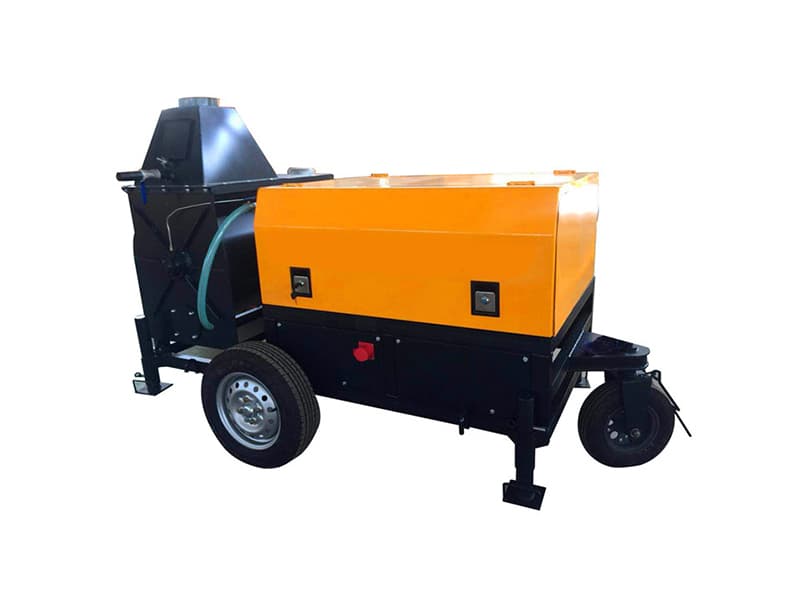
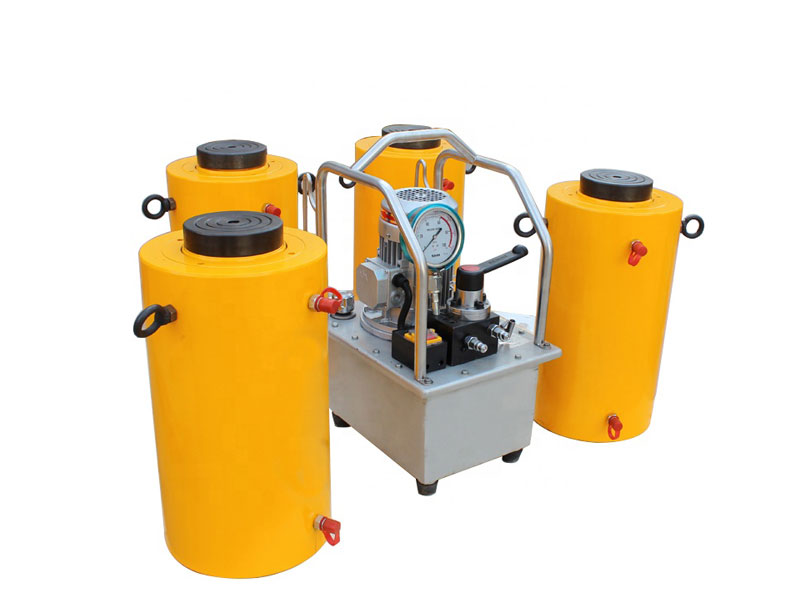
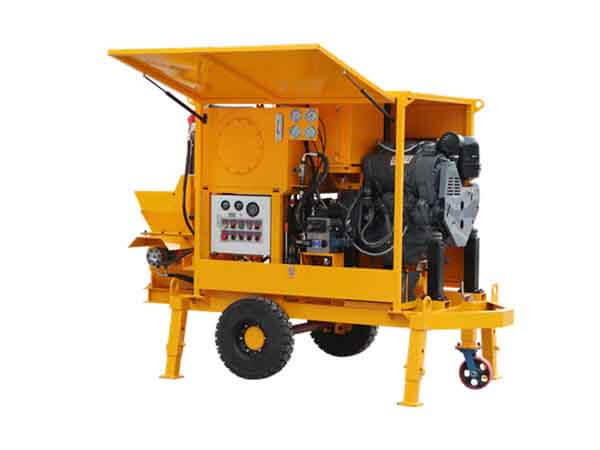
.jpg)

